What's the sun tolerance of 'Love' variety Hydrangea macrophylla?
dara_gardener-Vancouver Island, Z8
6 years ago
Featured Answer
Sort by:Oldest
Comments (11)
luis_pr
6 years agolast modified: 6 years agoRelated Discussions
What variety of hydrangea will tolerate full sun?
Comments (1)Full all day sun with no shelter at all? Doesn't sound like a hydrangea friendly yard to me as most of them prefer at least a little relief from the sun. It may not be impossible but it will be an uphill climb. If any could handle that much sun, it would be the paniculata family of hydrangeas but frequent watering would be needed......yg...See MoreHydrangea shade/sun tolerance
Comments (19)1818 Federal, size is caused by a combination of factors: how happy the plant is in its setting, how old the plant is, and genetics. I don't think that full sun in VA would be a good idea. It sounds like its current eastern exposure is probably good. I know that all along the east coast weather has played a part for the last few years in setting back big-leaf/macrophylla hydrangeas, with late frosts damaging opening buds or particularly severe winter temperatures killing back branches to the ground. I don't know if you noticed any type of cold damage, but this is one possibility. Did you get bloom? If so, was it in spring or later in the season? If yours is a relatively young plant, you won't find it putting on a lot of above ground growth in the first year or two as it is growing roots to support future above ground growth. Do you know the variety you have? Was it grown from a cutting of your grandmother's hydrangea? Current fashion in plants has the breeders trying to create smaller plants as many homes have relatively small yards that folks want to use for a multitude of purposes, and so often they are looking for smaller plants. So there are several H. macrophylla that are bred to be in the 2'-3' range, where your grandmother's may well have been something like Nikko Blue that can get to 6' tall and wide. If during the growing season your hydrangea is blooming and the shrub's leaves look happy (not a yellowish color or droopy) I wouldn't move it....See Moresun tolerant hydrangea?
Comments (12)thanks to stillwelljill and mxk3 for your input! the spot i want to plant is actually pretty close to the water's edge, so even though i will build up the soil a bit when i plant, once the roots get down about 24" or so, they will have constant water. if the plant is happy it will be really a nice spot - between our dock and the house. after what i've read i'm afraid to do an oakleaf there, but i do have a beautiful one at home though, so i won't be totally deprived! the problem with a pot is that we are only at the house on weekends, so it needs to be in the ground or it may be completely neglected. i love the annabelle i have at home so much, i may just try another one in that spot if i can find one that doesn't look completely bedraggled in a nursery! i'll let you know what happens! thanks again, emmgus...See MoreHydrangea macrophylla 'Oslo' Variety Info?
Comments (4)Thanks, Luis. I never buy garden plants from the grocery store, but was so smitten by the lovely flower form and the white eye of this hydrangea. And of course, the color. And I figured the grower was acidifying the soil to some degree, so I went back to Trader Joe's to check on more of this variety. They apparently had just gotten in another large delivery. Sure enough, 'Oslos' in every shade of blue to pink, so they were simply messing around with the soil pH, but good to know this is a variety that WILL blue up. I also had a very nice chat with the grower as well. She assured me it will do well outside - her yard is full of them and she lives up in N. California, so climate is not too terribly different as far as hydrangeas go. Plus, my hydrangeas (Incrediball and possibly an Annabelle, was here when I moved in) do very well here, as do everyone else's hydrangeas as long as they're given afternoon shade (east or north exposure). My soil is 6.2 to about 6.7, we're a bit on the alkaline side, so my hydrangeas are pink (I'm a Master Gardener). I remember when I was little growing up in Vancouver, BC, my grandmother had the most gorgeous and huge hydrangea bushes that were full of lovely blue, blue flowers, due to their much more acidic soil. For us, actually, using aluminum sulfate works better to blue up those hydrangeas that will turn blue. Usually, folks will plant Nikko Blue here, and then treat with aluminum sulfate. You can acidify the soil with soil sulfur, but you still need to apply aluminum sulfate to get them to turn blue. Otherwise, you end up with the color I picked up, sort of a violet :-) So, I'll probably never get these to be blue, but I'll experiment a bit to see if I can at least get them to a pretty violet. Thanks for the tips, hoping more to see if anyone has grown this new variety, and how they do in the garden. My Annabelle tends to develop mildew in the location I'm going to be planting these 'Oslo' hydrangeas, the Incrediball is still lovely and full of blooms. I think I'm going to yank out the Annabelle, pick up 3 my Incrediballs, and plant both the Anabells and the Oslos along the back side of the house where they do so well. Patty S....See Moredara_gardener-Vancouver Island, Z8
6 years agodara_gardener-Vancouver Island, Z8
6 years agodara_gardener-Vancouver Island, Z8
6 years agohydrangeahead Central WI 4b
6 years agoluis_pr
6 years agolast modified: 6 years agodara_gardener-Vancouver Island, Z8
6 years agodara_gardener-Vancouver Island, Z8
6 years ago
Related Stories
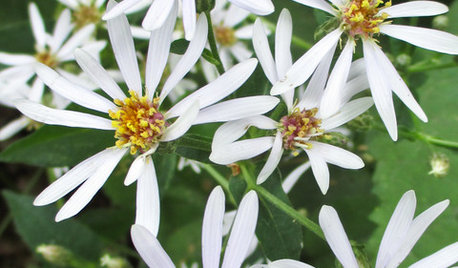
GARDENING GUIDESGreat Design Plant: Eurybia Macrophylla Fills a Void
Plant bigleaf aster in late fall for late-summer color in the shade garden
Full Story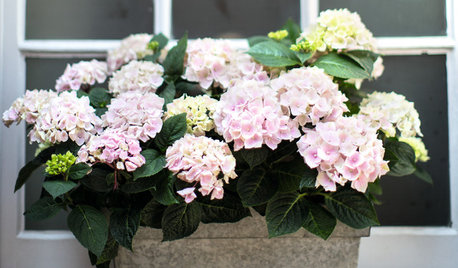
GARDENING GUIDESClassic Bigleaf Hydrangeas Add Old-Fashioned Charm to a Garden
These showy shrubs, familiarly known as mopheads, have long been a flower garden staple
Full Story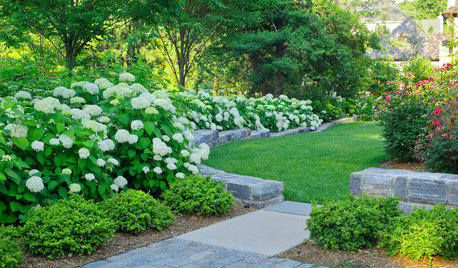
FLOWERS AND PLANTSHydrangea Arborescens Illuminates Garden Borders and Paths
This long-blooming eastern North American native shrub finds a home in landscapes around the world
Full Story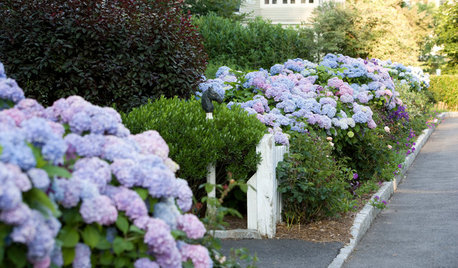
FLOWERSWhy You Should Give Hydrangeas a Place in Your Yard
The exuberant mop-headed beauties evoke dreams of an endless summer by the sea
Full Story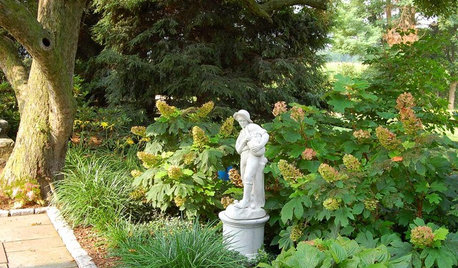
GARDENING GUIDESGreat Design Plant: Oakleaf Hydrangea
Consider this full, flowering shrub for year-round beauty in the garden as you plan your fall plantings
Full Story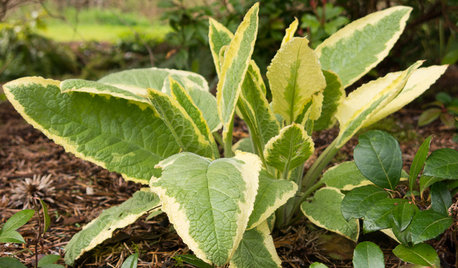
GARDENING GUIDESGreat Design Plant: Axminster Gold Comfrey for Sun or Shade
Plant this perennial for bold color that will light up shady spots, sparkle in the sun and add interest from spring until fall
Full Story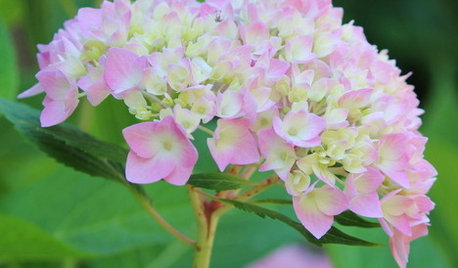
GARDENING GUIDESCalifornia Gardener's June Checklist
Update your hydrangeas, catch up on tomatoes and more ways to enjoy your California garden in June
Full Story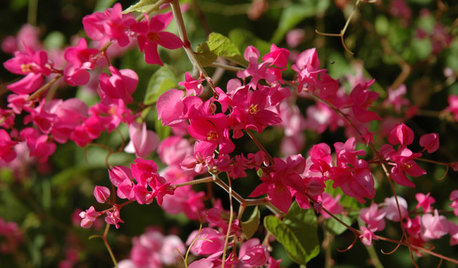
SOUTHWEST GARDENING10 Flowering Vines for Southwestern Gardens
These resilient, adaptable plants thrive in the region’s extreme climate and provide a variety of garden benefits
Full Story
LANDSCAPE DESIGNHow and What to Plant in Dry, Sunny Spots
Save water and improve your site’s look with these design tips and help from a pro
Full Story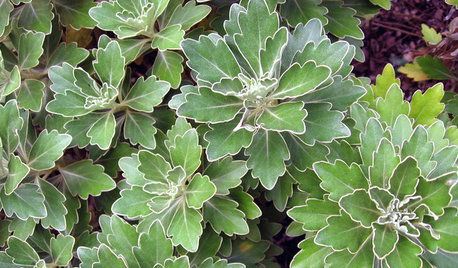
BLUE AND GRAY FOLIAGE6 Stunning Silver-Leaf Plants
Bring luster to your garden with these shining examples of silver plants for both sun and shade
Full Story


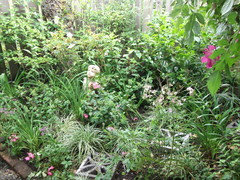
hydrangeahead Central WI 4b